Personal Response – the feeling that a work of art provokes in you, or how your own work of art responds to an idea or issue
Note: in coursework or an examination, you may be asked to give your personal response, either in terms of how you feel about an artwork or what you create in response to a brief.
To remember what personal response is, recall the following mnemonic:
It was nothing personal, but her response (personal response) to the artists work for this exam was to run out of the gallery and hide behind a wall.
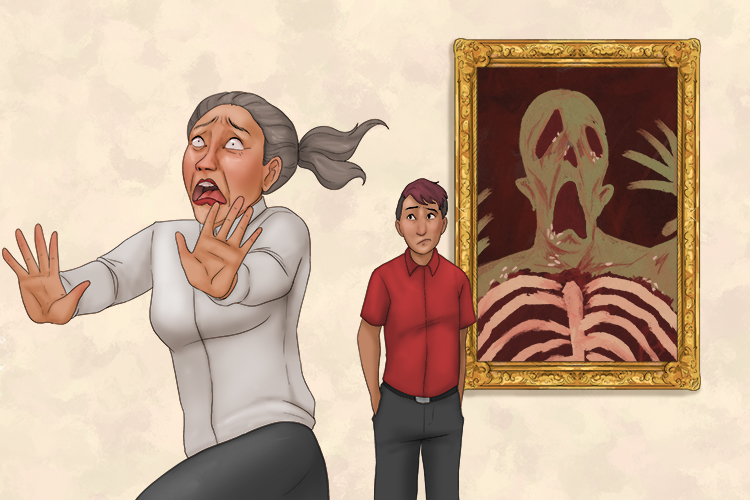
In an art exam you are given a brief which defines the design or art problem and gives details on important considerations for you to come up with a creative solution.
Your personal response is your finished piece of work that you produce in answer to that brief.
An exam will provide you with a preparatory period of a few days to research, sketch, investigate, use studies which gets included for marking.
There has to be a clear link between your finished piece and preparatory work. The finished piece must not just be a larger version of a preparatory piece.
You are usually given 10 hours to carry out your exam piece (or personal response).
Although a finished exam piece (or personal response) to an exam brief gives an outcome for an examiner to mark many artists use this technique to create their own work which can go on to become famous art pieces worth many millions of pounds.
Tracey Emin explored various symbolic qualities of a bed as a location where birth, sex and death take place, but also to explore her own hopes, successes and humiliations. This was her own personal brief.
The outcome (or personal response) was the following installation called My Bed:

"My Bed, Tracey Emin, Tate Britain" by Andy Hay is licensed under CC BY 2.0.
Personal Response Project
We are going to use the example from our brief page and create a personal response.
As a reminder, see the brief below.
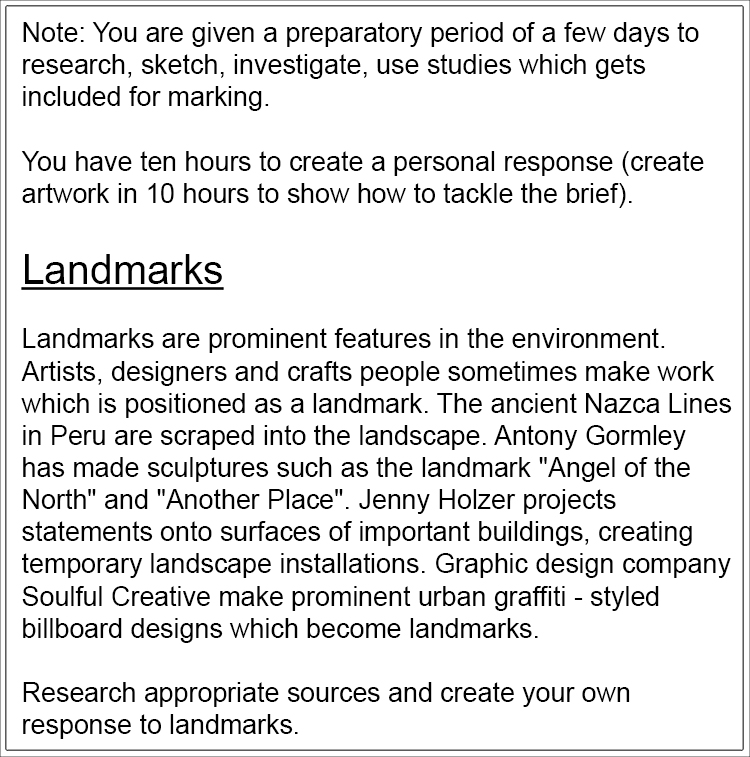
To start your preparatory work, you need to find artists to research. Use the ones in the brief, but finding your own would also be beneficial. Find and cut out images of the artists work, stick them in your sketchbook and write notes about them. Consider:
- How they were created
- Who they were created for
- Why were they created?
- The various impacts the artwork has
- How does it make you feel?
- What do you like and dislike about it?
- Aspects you will consider for your own piece
Next, you need to start preparing your own ideas.
- Find images online or in magazines that inspire you
- Draw studies
- Create mark making experiments
- Draw things in the style of different artists
- Try different mediums
- Start to sketch ideas for your own personal response.
The more sketches and experimenting you can do the better, make sure you explain your ideas as you go along. Critiquing your own work (what went right or wrong and why) is also important.
The most important thing to remember is to be as creative as you can. Find interesting ways to present your work!
If your personal response is a physical piece (clay, wood, metal etc), you can make preliminary models, photograph them and stick the photos in your sketchbook. If your final piece is 2D (drawing, painting, pastels etc) then make several thumbnail drawings of ideas. Annotate these and again, explain what you're doing, how you're doing it and why you're doing it. You should also explain what you like and what could be improved. You should also make sure you plan how you're going to use your time in the exam.
Finally, you will create your exam piece over 2 days in exam conditions, so make sure you are fully prepared and have all your materials and equipment with you.
Here's our attempt of the above.
Page 1 of artist research - Angel of the North part 1.

Page 2 of artist research - Thoughts and feelings - Angel of the North part 2.

Page 3 of artist research - Mount Rushmore part 1.
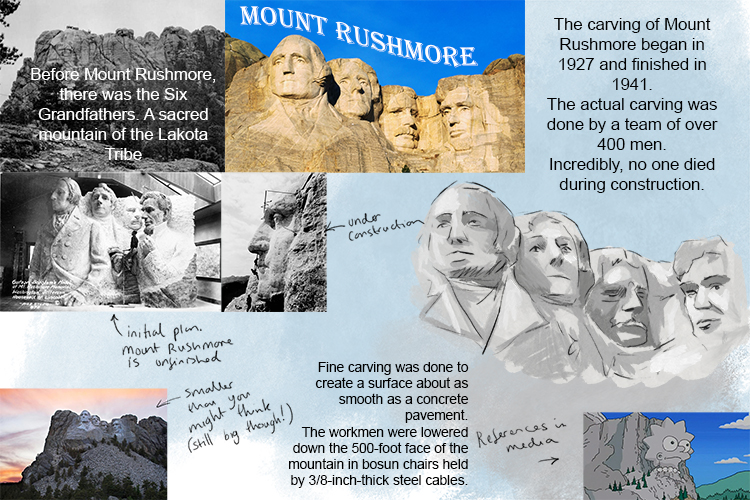
Page 4 of artist research - Thoughts and feelings - Mount Rushmore part 2.
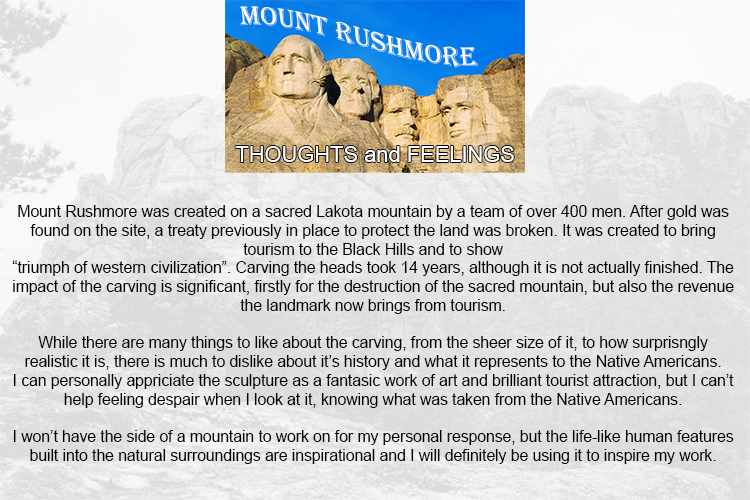
We are only using two examples, but you should try and include as many as possible in the timeframe you have.
Preparing your own ideas.
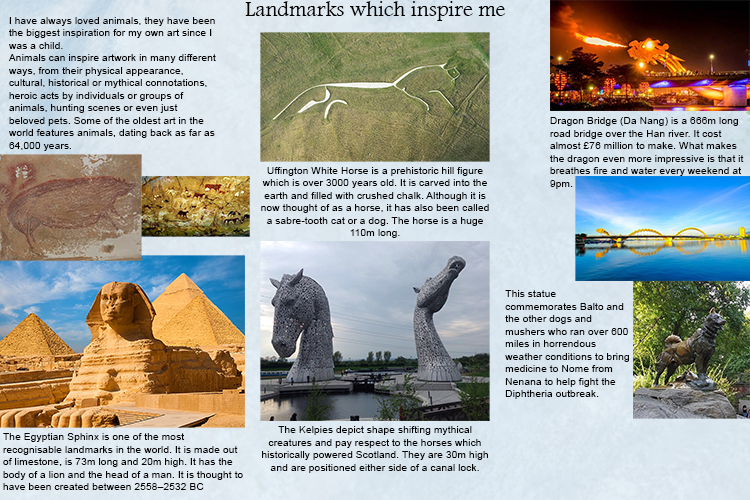
Again, we have only created one page, but you should try to make as many as you can.
Next, we will create studies. This will help us decide what to do for our final piece.
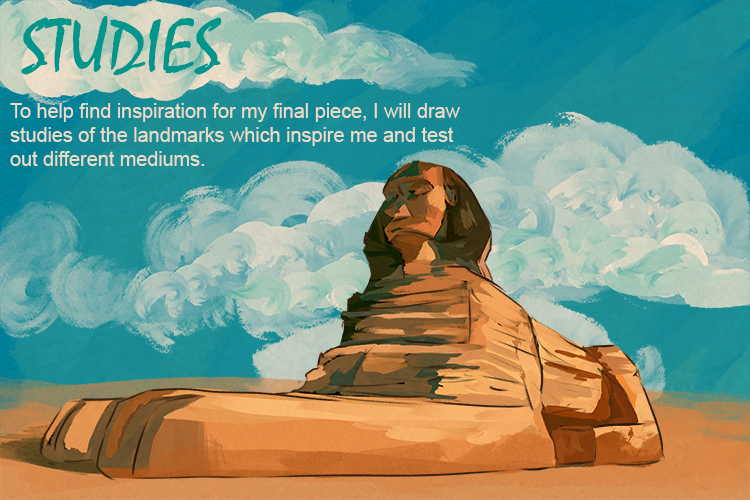
Studies of Balto's statue. You should also draw as many of these study pages as you can of different landmarks.
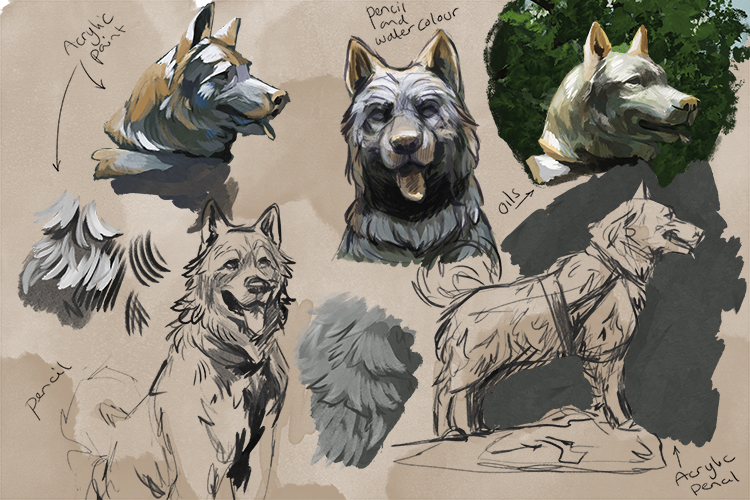
Recreating the statue in other styles.
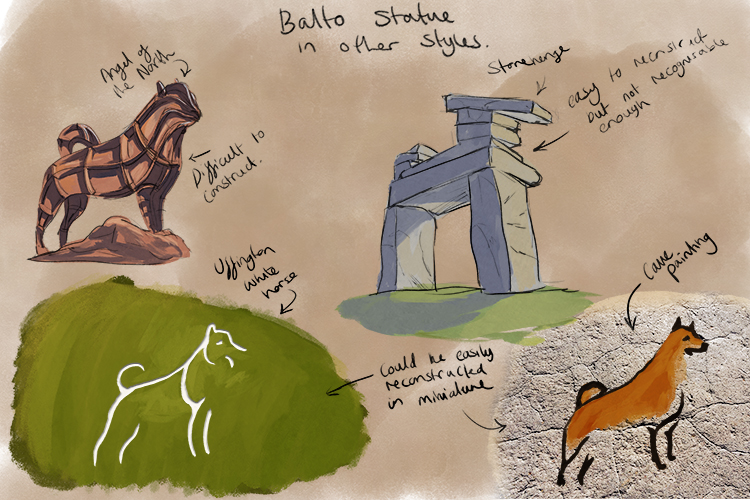
Idea for our personal response.
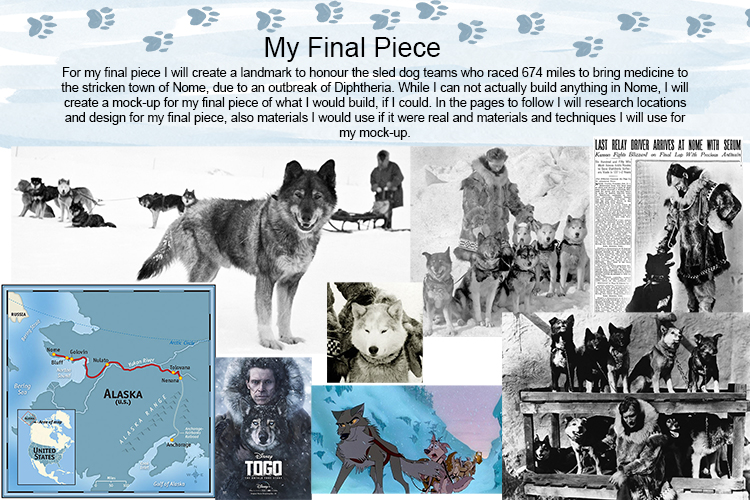
Beginning research for our own final piece.
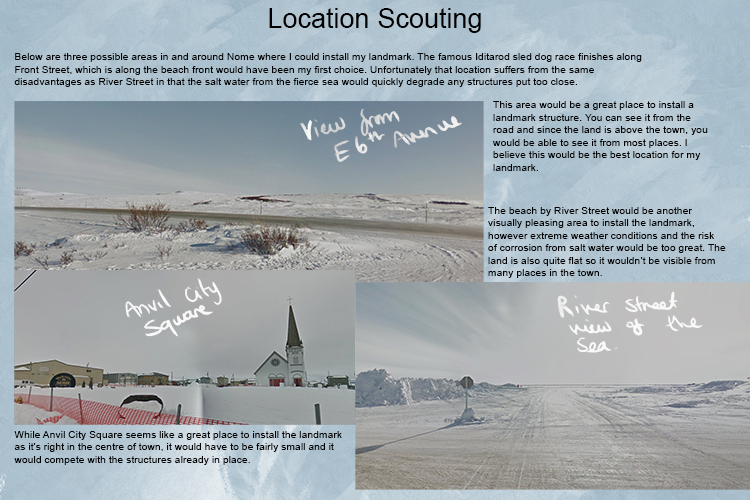
Location scouting part 2.
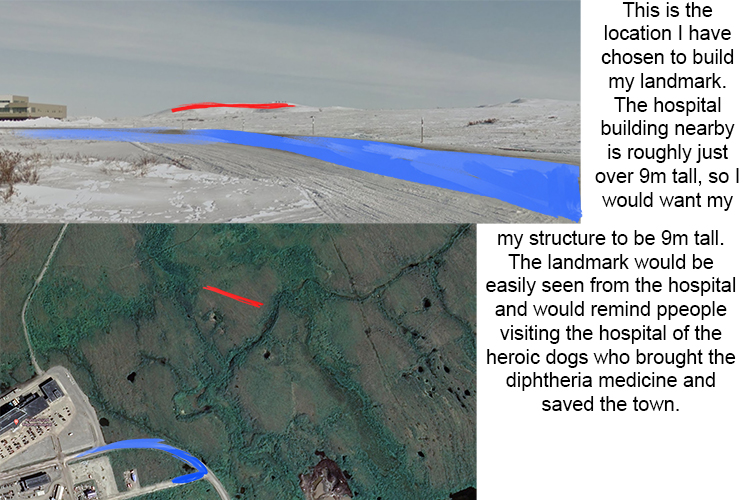
Materials.
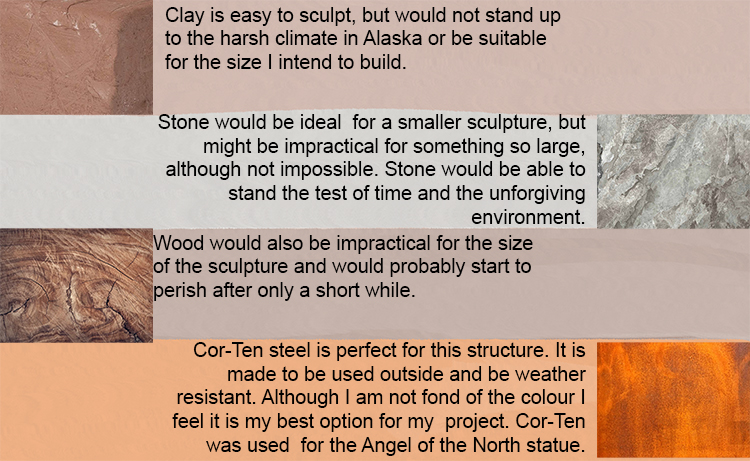
Design ideas.
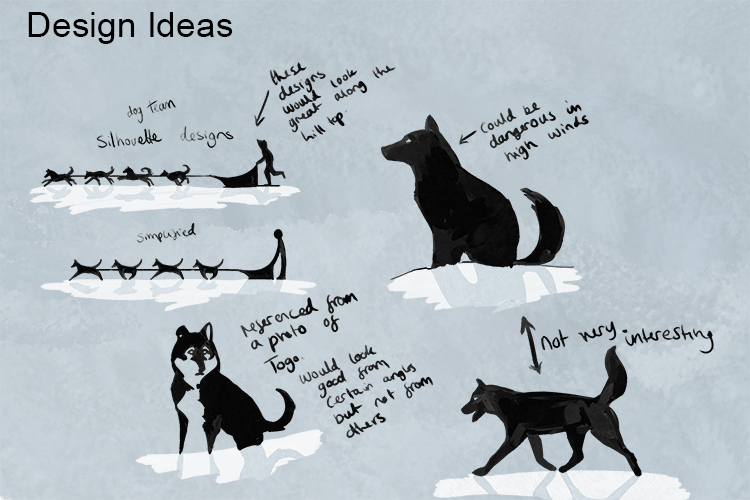
Final design.

Final digital design mock-up.
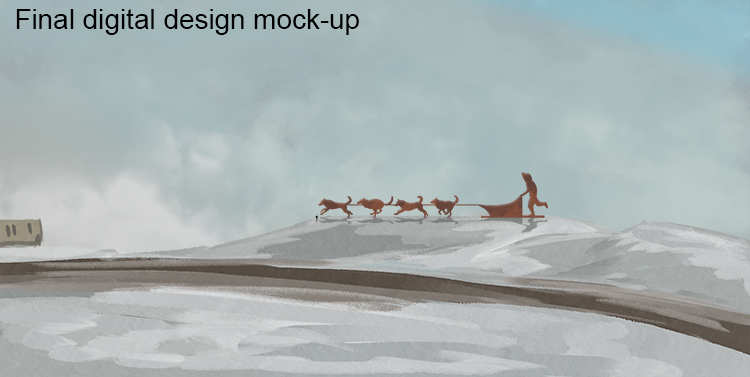
Preparing for the exam piece.

How we will create our exam piece.
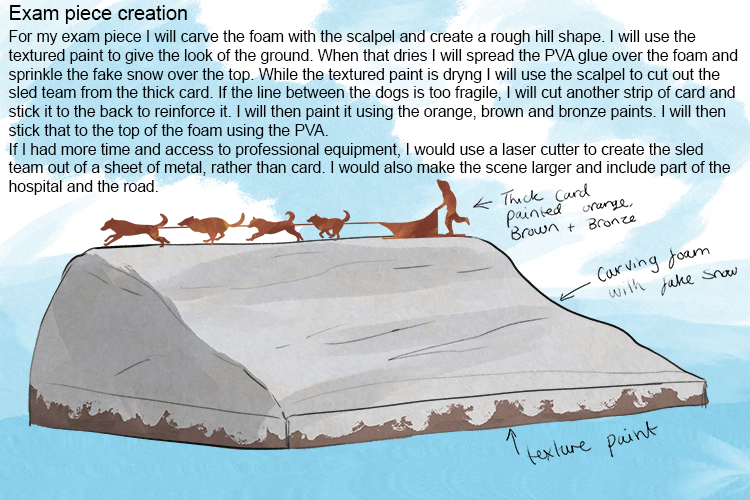
How we will create our exam piece - part 2.
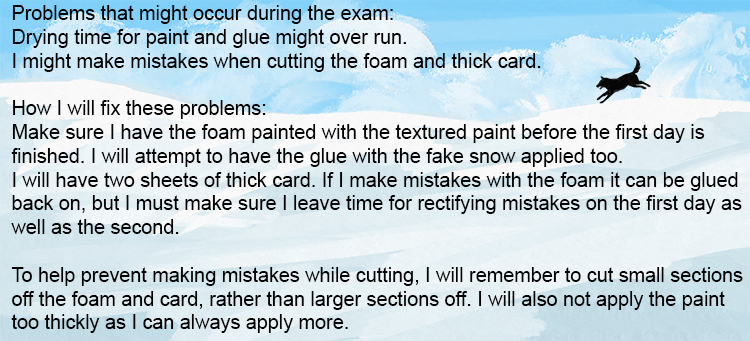
Personal response.




